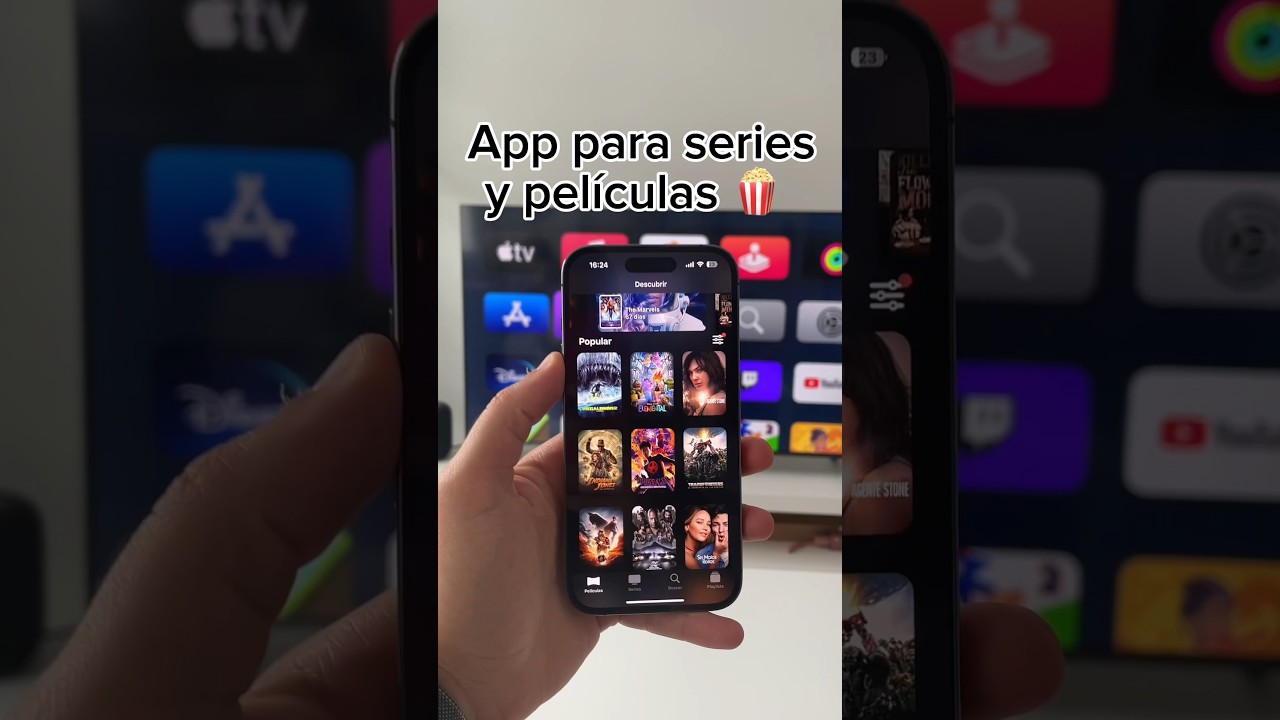Download the Movies2K-4K movie from Mediafire
Understanding 2K and 4K Resolution
When it comes to TVs and monitors, the terms “2K” and “4K” often come up in discussions about resolution. Understanding the difference between the two can help you make informed decisions when purchasing new display devices.
2K resolution typically refers to a horizontal display resolution of approximately 2,000 pixels, commonly found in digital cinema and some computer monitors. It offers a high-quality viewing experience and is suitable for a variety of applications, from gaming to professional video editing.
On the other hand, 4K resolution boasts a horizontal display resolution of around 4,000 pixels, providing significantly sharper and more detailed images compared to 2K. This higher resolution is especially beneficial for larger screens, where the increased pixel density results in a more immersive viewing experience.
Consumers often weigh the benefits of 2K versus 4K resolution when choosing a new display, considering factors such as budget, intended usage, and the available content in each format. It’s essential to weigh these factors carefully to ensure that the chosen resolution aligns with your specific needs and preferences.
Choosing the Right Source and File Format
When it comes to choosing the right source and file format for your digital content, there are several key considerations to keep in mind. First and foremost, it’s important to evaluate the nature of your content and the platform where it will be shared. Whether it’s an image, video, or document, understanding the requirements and compatibility of the platform is crucial for optimal user experience.
Furthermore, the file format plays a significant role in the accessibility and usability of the content. For instance, when dealing with images, choosing between widely supported formats like JPEG, PNG, or SVG can impact the loading time and visual quality of the image across different devices and browsers. Similarly, selecting the appropriate video format based on compression, quality, and compatibility can enhance the streaming experience for viewers.
In addition, considering the source of the content is essential for maintaining credibility and authenticity. It’s important to ensure that the source is reliable and reputable, especially for textual and visual content shared on websites, social media, or digital publications. Incorporating diverse and reliable sources can also enrich the content and provide a well-rounded perspective for the audience.
Overall, the process of choosing the right source and file format is a critical aspect of digital content creation. Taking into account the platform, file format compatibility, and source reliability can contribute to a seamless and rewarding user experience, while maximizing the impact and reach of the content.

Step-by-Step Guide to Downloading from Mediafire
Mediafire is a popular file hosting and sharing platform that allows users to upload, download, and share files effortlessly. If you’re looking to download files from Mediafire, follow this step-by-step guide to make the process seamless.
1. Access the Mediafire website and locate the file you want to download.
2. Click on the file to initiate the download process. If the file is shared via a download link, simply click on the link to start the download.
3. Depending on your browser settings, you may be prompted to select a download location on your computer. Choose a suitable location for the file.
4. Once the download is complete, navigate to the chosen download location to access the file.
By following these simple steps, you can easily download files from Mediafire and access the content you need. Whether you’re downloading music, documents, or other types of files, Mediafire provides a convenient platform for sharing and accessing files.
Best Practices for Quality Viewing and Legal Considerations
When it comes to quality viewing and legal considerations, there are several best practices that content creators and viewers should keep in mind. Firstly, it’s essential for content creators to ensure that the videos they produce are of high quality, both visually and audibly. This includes using appropriate lighting, clear audio, and engaging visuals to enhance the overall viewing experience. Additionally, content should be uploaded in a format and resolution that is optimal for the platform on which it will be shared.
From a legal standpoint, it’s crucial to respect copyright laws and intellectual property rights. This means obtaining the necessary licenses or permissions for any copyrighted material used in the videos, such as music, images, or video clips. It’s also important for creators to be aware of any privacy considerations and to obtain consent from individuals who are featured in their videos. Furthermore, being transparent about any sponsored content or affiliate marketing is essential to adhere to advertising and disclosure regulations.
In order to ensure a positive viewing experience for all users, content creators should also consider adding closed captions and audio descriptions to make their content accessible to a wider audience. Moreover, using proper metadata, tags, and descriptions can make videos more discoverable and help with search engine optimization. By following these best practices and considering the legal implications, content creators can enhance the quality and accessibility of their videos while staying compliant with relevant regulations.
Contenidos






